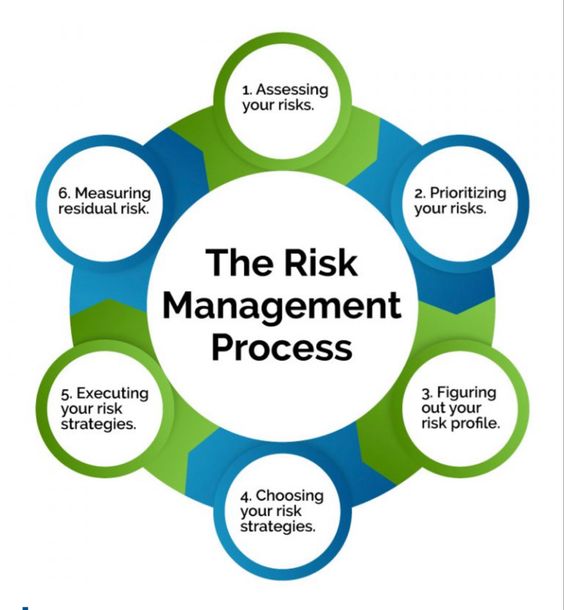Introduction
Risk assessments are an important part of workplace health and safety. They help identify potential hazards, assess the risks associated with those hazards, and develop measures to control those risks. The “Five Steps to Risk Assessments” PDF is a helpful tool for organizations looking to implement a risk assessment process. In this article, we will discuss the five steps outlined in the PDF and their importance in the risk assessment process.
Step 1: Identify Hazards
The first step in a risk assessment process is to identify the hazards present in the workplace. This involves a systematic review of the workplace to identify potential sources of harm, such as machinery, chemicals, and physical hazards. It is important to involve employees in this process, as they can provide valuable insights into the hazards they encounter in their work.
Step 2: Determine Who Might Be Harmed and How
Once the hazards have been identified, the next step is to determine who might be harmed by them and how. This involves considering the types of people who might be exposed to the hazards, such as employees, contractors, and visitors. It also involves assessing the potential consequences of exposure to the hazards, such as injury, illness, or property damage.
Step 3: Evaluate the Risks and Decide on Precautions
After identifying the hazards and those who might be harmed by them, the next step is to evaluate the risks associated with those hazards. This involves considering the likelihood and severity of harm, as well as any existing control measures that may be in place. Based on this evaluation, organizations can then determine what precautions are necessary to control the risks.
Step 4: Record and Implement Findings
Once the risks have been evaluated and control measures identified, the next step is to record and implement the findings. This involves documenting the risk assessment process and the control measures that will be put in place to control the identified risks. It is important to ensure that all employees and stakeholders are aware of the findings and any changes to work processes or procedures.
Step 5: Review and Revise
The final step in the risk assessment process is to review and revise the assessment on a regular basis. This involves monitoring the effectiveness of the control measures that have been put in place and assessing whether any new hazards have emerged. It is important to review the risk assessment whenever there is a significant change in the workplace, such as the introduction of new equipment or processes.
Benefits of Using the “Five Steps to Risk Assessments” PDF
The “Five Steps to Risk Assessments” PDF provides a structured approach to risk assessments that can help organizations identify and control workplace hazards. Some of the benefits of using the PDF include:


